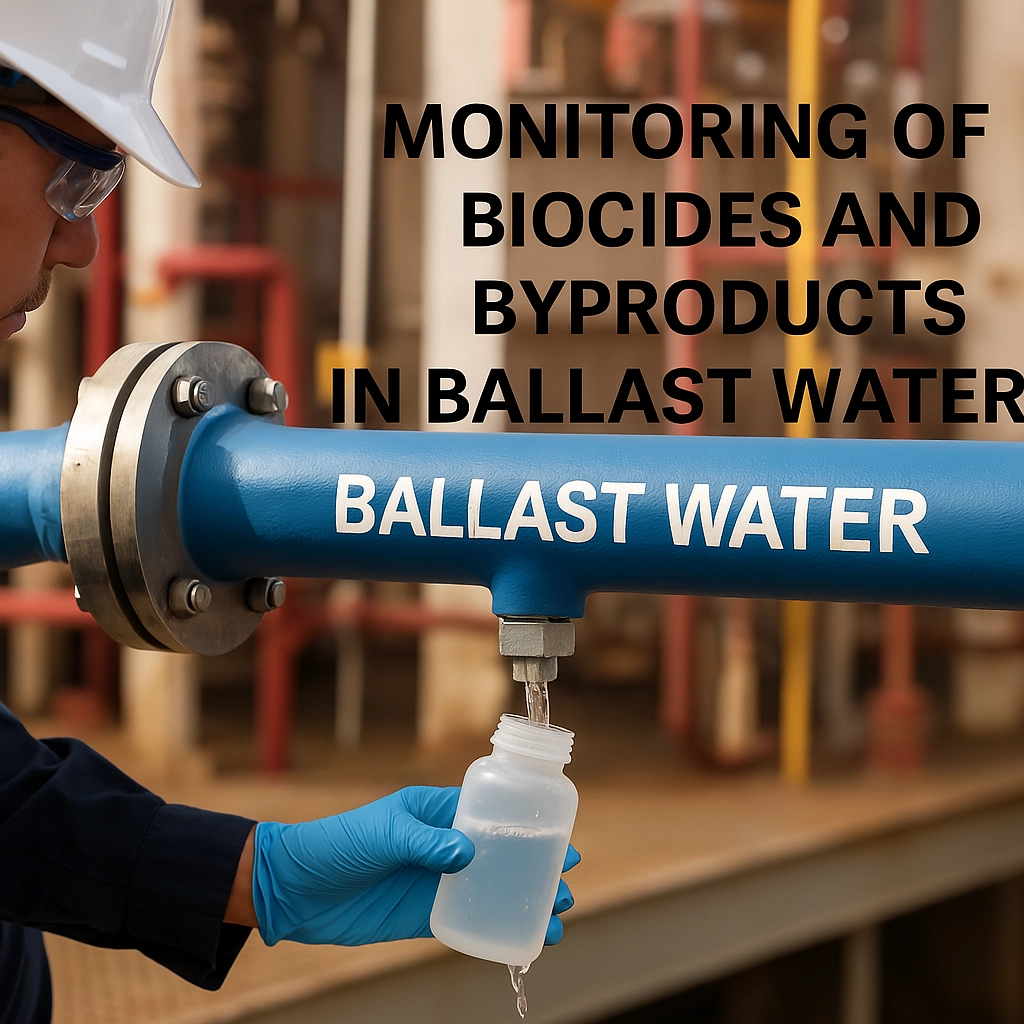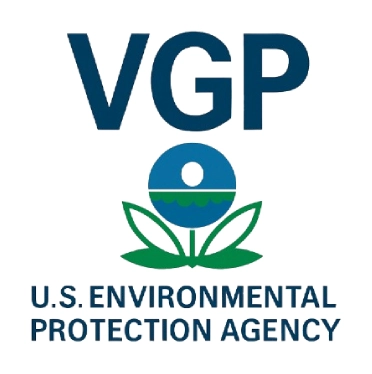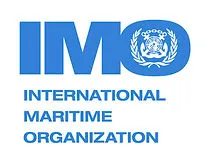Ballast Water
Context
Globalization and the growing trade between countries around the world have led to an increase in cargo movement by sea year after year. It is estimated that 80% of all cargo worldwide is transported by ships. To ensure safety, navigability, and stability, it is necessary to fill the ships’ tanks with water.
Definition
This water, taken from one environment and transferred to another through the ships’ tanks, is defined as ballast water.
The Danger of Invasive Species Through Ballast Water
- Vibrio cholerae (various strains that cause cholera)
- Cercopagis pengoi (invasive water flea)
- Eriocheir sinensis (Chinese mitten crab)
- Toxic algae (red, brown, and green tides – various species)
- Neogobius melanostomus (round goby)
- Mnemiopsis leidyi (North American comb jelly)
- Asterias amurensis (Northern Pacific sea star)
- Dreissena polymorpha (zebra mussel)
- Undaria pinnatifida (Asian kelp)

Legislation
Ballast Water Management is regulated by both international and national standards aimed at protecting marine ecosystems from the introduction of invasive species and potentially harmful organisms.
On September 8, 2024, the International Maritime Organization (IMO) requirement came into effect, mandating that all ships fully comply with the D-2 standard by installing Ballast Water Management Systems (BWMS). This measure complements the International Convention for the Control and Management of Ships’ Ballast Water and Sediments, which has been in force since 2017.
In the United States, regulations are even stricter. Requirements are set by the U.S. Coast Guard (USCG) and the Environmental Protection Agency (EPA) through the Vessel General Permit (VGP) program. Ships that fail to comply with these guidelines—especially regarding the presence of treatment systems and the performance of biochemical analyses—are at risk of penalties and may be denied authorization to operate in U.S. waters.
As an IMO signatory, Brazil adopts international guidelines and enforces them through NORMAM-401, a regulation issued by the Brazilian Navy’s Directorate of Ports and Coasts that governs ballast water management in national territory.
These regulations were established to preserve marine biodiversity by preventing the transfer of aquatic organisms between different regions of the world. They impose strict standards and procedures that must be followed by vessels of all sizes and flags.
Monitoring of Biocides and Byproducts in Ballast Water




